Exploring the Rise of Shipping Container Dwellings: Innovative Living Solutions for Modern Lifestyles
As urban populations continue to grow and housing affordability remains a pressing issue, innovative alternatives like shipping container dwellings are gaining significant traction. According to a 2021 report by the Container Home Association, the demand for container homes has surged by over 40% in the past three years, driven by both environmental sustainability and cost-effectiveness. These modular living solutions not only utilize recycled materials, thereby reducing waste, but they also offer a flexible and efficient housing option that can be rapidly deployed in urban settings. Furthermore, research from the American Institute of Architects indicates that shipping container dwellings can be constructed in roughly half the time of traditional homes, making them an appealing choice for modern lifestyles. As contemporary society seeks to balance functionality, sustainability, and affordability, shipping container dwellings emerge as a promising answer to the challenges of modern living.

The Evolution of Shipping Container Homes in Urban Environments
The evolution of shipping container homes in urban environments reflects a creative response to the increasing challenges of urban living, including housing shortages and sustainability concerns. Originally designed for the transport of goods across the globe, these robust metal structures have been repurposed into modern homes that are both affordable and environmentally friendly. Cities facing high rental costs are beginning to embrace container homes as a viable alternative, promoting rapid construction and efficient use of space.
As urban areas become more densely populated, architects and developers are innovating ways to integrate shipping containers into the urban fabric. These dwellings can be stacked, combined, and customized to fit into existing neighborhoods, creating unique living spaces that challenge traditional housing models. Moreover, the modular nature of shipping containers allows for flexibility in design, enabling residents to personalize their homes while contributing to a more sustainable urban lifestyle. The trend underscores a growing recognition of the need to rethink how we approach housing in crowded cities.
Exploring the Rise of Shipping Container Homes
This bar chart illustrates the growth of interest in shipping container homes from 2018 to 2023. The data indicates a steadily increasing trend in searches and publications related to innovative living solutions using shipping containers, reflecting their rising popularity as alternative urban dwellings.
Benefits of Shipping Container Living for Sustainable Lifestyles
Shipping container dwellings are emerging as a popular solution for those seeking sustainable living options in today’s fast-paced world. These innovative structures not only minimize construction waste and reduce building costs but also leverage recycling to promote environmental consciousness. By repurposing steel containers, homeowners can significantly decrease their carbon footprint while enjoying the benefits of unique and modern home designs.
One of the key advantages of shipping container living is energy efficiency. Their modular nature allows for excellent insulation properties, which can lead to lower utility bills. Additionally, many container homes are designed with renewable energy sources in mind, such as solar panels, making them even more eco-friendly. For those considering this lifestyle, here are a few tips:
- Research local regulations concerning container homes to ensure compliance with zoning laws.
- Invest in quality insulation materials to enhance energy efficiency and comfort.
- Include green features like rainwater collection systems or composting toilets to further minimize your environmental impact.
Moreover, container homes offer exceptional flexibility, allowing for creative designs tailored to an individual’s lifestyle. By incorporating large windows or green roofs, residents can create a harmonious living space that connects with nature. To maximize the benefits, ensure proper ventilation and utilize eco-friendly materials for interior decor. Embracing container living not only supports sustainable practices but also offers a unique approach to modern home architecture.
Innovative Designs Transforming Container Dwellings into Modern Homes
The rise of shipping container dwellings marks a significant shift in modern living solutions, redefining the concept of home with innovative designs. Once viewed as mere storage units, these containers are now being transformed into stylish, functional residences that cater to contemporary lifestyles. Architects and designers are pioneering creative methods to convert these industrial structures into cozy homes, incorporating sustainable materials, smart home technologies, and efficient layouts that maximize space.
When considering a container dwelling, it's essential to focus on insulation and ventilation. Containers can trap heat, making climate control a priority. Utilize eco-friendly insulation materials and consider installing windows strategically to enhance natural light and airflow. Additionally, integrating multi-functional furniture can help optimize space, allowing for a comfortable living experience without clutter.

Another tip for enhancing container homes is to embrace the outdoors. Creating outdoor spaces, such as patios or green roofs, can expand your living area while promoting a connection with nature. Incorporating plants and greenery not only beautifies the environment but also improves air quality, making these innovative homes a healthy choice for modern living.
Challenges and Solutions in Shipping Container Home Construction
The rise of shipping container dwellings as a modern living solution comes with its unique set of challenges. One of the primary obstacles in shipping container home construction is ensuring proper insulation. According to a report by the International Institute of Refrigeration, uninsulated containers can reach temperatures of over 100°F during summer, posing a risk to comfort and health. Consequently, builders are increasingly adopting innovative insulation materials, such as spray foam and reflective barriers, to enhance energy efficiency and maintain a livable environment.
Another significant challenge lies in achieving structural integrity and compliance with local building codes. Many regions have stringent regulations concerning residential construction, which can hinder container homes if they don't meet specific standards. In a study published by the International Code Council, it was noted that nearly 75% of container homes face initial hurdles in obtaining proper permits due to their unconventional structure. To address this issue, advocates are actively working to streamline the permitting processes and educate local authorities on the benefits of container housing, thereby fostering a more supportive regulatory environment. As cities continue to grapple with housing shortages, overcoming these hurdles may pave the way for shipping container homes to become a widely accepted alternative.
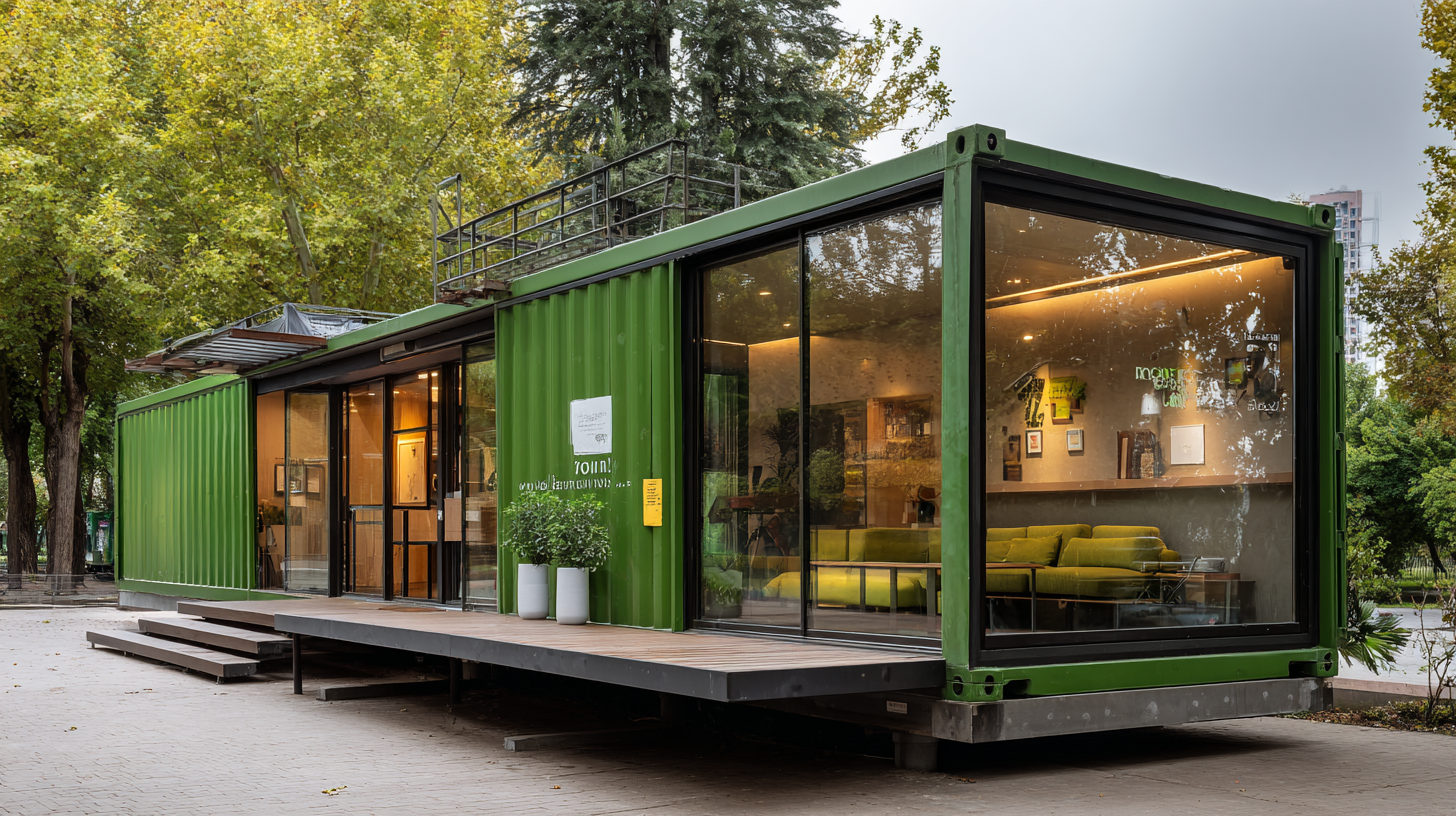
Future Trends: The Growing Appeal of Container Living in Housing Markets
The appeal of container living is gaining momentum as housing markets across the United States face increasing challenges. With average sales prices of new homes reaching $512,200 in 2024, aspiring homeowners may find traditional housing options increasingly unattainable. In light of this, shipping container homes are emerging as a viable alternative, blending affordability with innovation. The shipping container market is projected to grow from $8.1 billion in 2025 to $11.6 billion by 2035, reflecting a compound annual growth rate (CAGR) of 3.6%. This growth not only indicates a rising acceptance but also a shift towards sustainable and efficient living solutions.
As more builders delve into the container housing niche, these dwellings are becoming synonymous with modern urban living. Their quick construction, durability, and ease of transport make them attractive to both developers and buyers alike. Furthermore, in the context of potential tariffs affecting traditional materials, container homes could provide a cost-effective avenue in the housing sector.
Tip: When considering container living, research local zoning laws and building codes, as these can significantly affect where and how you can set up your dwelling.
Tip: Explore customizable options that allow you to tailor the container to your personal style and functional needs, ensuring a unique urban oasis.
Related Posts
-
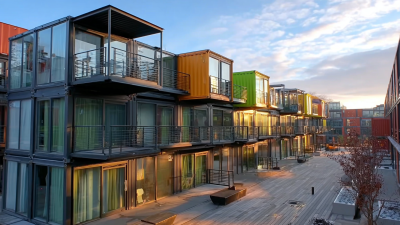
Discovering the Future of Living: The Rise of Container Condos as Eco-Friendly Housing Solutions
-
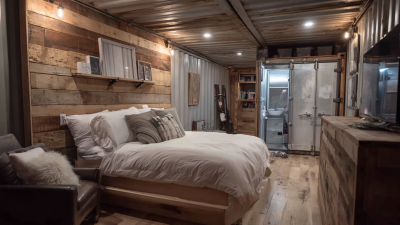
Innovative Ways to Transform Shipping Container Rooms into Sustainable Living Spaces
-
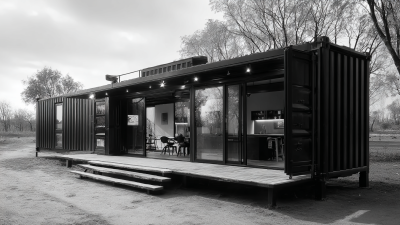
Exploring the Benefits of Sustainable Living with Converted Containers
-

Innovative Ideas for Shipping Container Remodels You Can Try Today
-

Innovative Uses of Shipping Container Buildings Transforming Modern Architecture
-
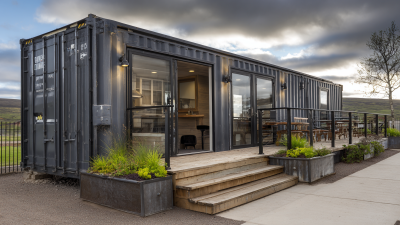
Exploring the Benefits of Sustainable Living in Shipping Containers
